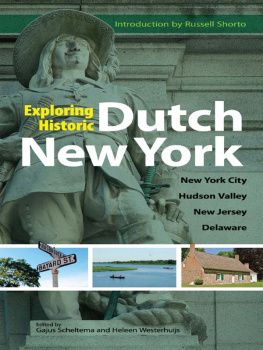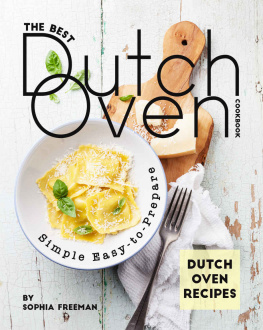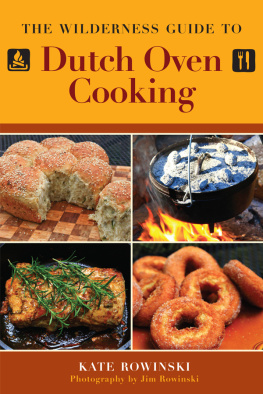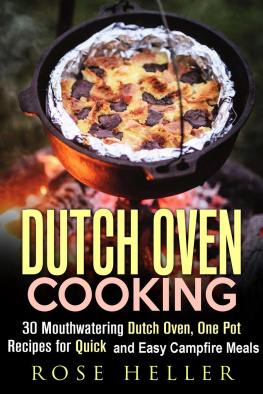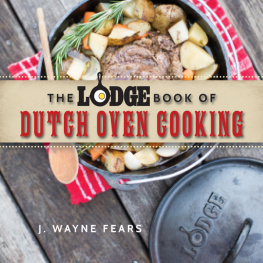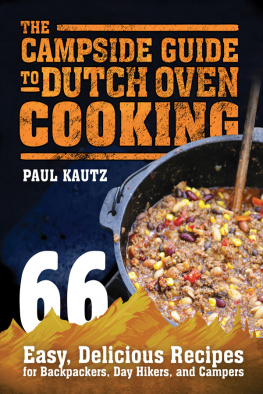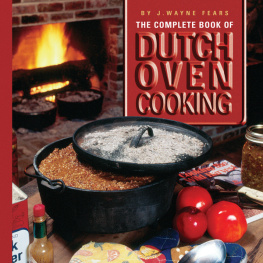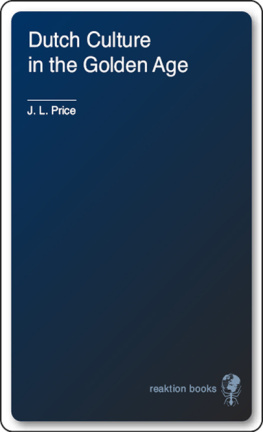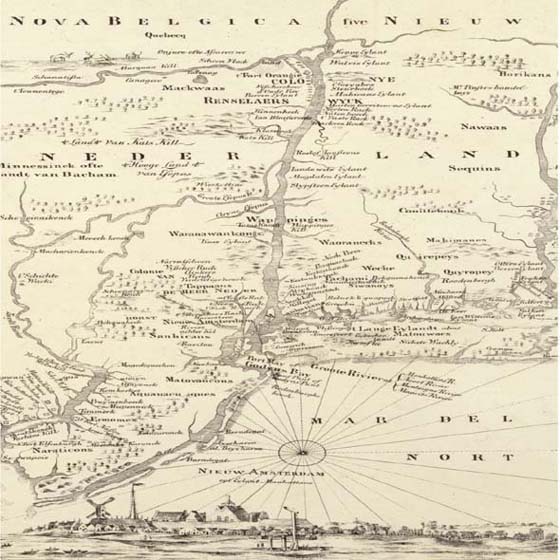
Copyright
Copyright 2011 by Museum of the City of New York
All rights reserved.
Bibliographical Note
Exploring Historic Dutch New York: New York City * Hudson Valley * New Jersey * Delaware , first published in 2011, is a new work, published jointly by the Museum of the City of New York and Dover Publications, Inc.
International Standard Book Number
ISBN-13: 978-0-486-48637-6
ISBN-10: 0-486-48637-0
Manufactured in the United States by Courier Corporation
48637001
www.doverpublications.com
TITLE PAGE: Map of New Netherland, 1650s. This map is
from Adriaen van der Doncks book, Beschryvinge van
Nieuw-Nederlant (ghelijck het tegenwoordigh in staet is)
(Description of New Netherland).
THIS PUBLICATION WAS MADE POSSIBLE BY

MAJOR SPONSORSHIP WAS ALSO PROVIDED BY

ADDITIONAL SUPPORT HAS BEEN RECEIVED FROM
| Atlantic Investment Management |  |
| Sybase Inc. |
| Van Dyk Baler Corp. |
| Rosabianca & Associates, PLLC |  |
| Hogan Lovells |
| Alston + Bird LLP |
| Furthermore: A Program of the J.M. Kaplan Fund |
| Ted Moudis |
| The Society of Daughters of Holland Dames |  |
Contents
Susan Henshaw Jones
Gajus Scheltema and Heleen Westerhuijs
Russell Shorto
..............................................................................
..............................................................................
..............................................................................
Topical Essays
Jaap Jacobs
Robert Braeken
Walter Liedtke
David William Voorhees
Peter G. Rose
Nicoline van der Sijs
Annette Stott
Gajus Scheltema
Heleen Westerhuijs
Lori Weintrob
Elizabeth Bradley
Hans Krabbendam
Paul Finkelman
Francis J. Sypher
Roderic Blackburn
Jaap Jacobs
Nicoline van der Sijs

The year 2009, in which we celebrated the 400th anniversary of Henry Hudsons voyage across the Atlantic, served as a wonderful opportunity for the Museum of the City of New York to consider New Yorks Dutch heritage. In the exhibition Amsterdam/New Amsterdam: The Worlds of Henry Hudson , the epiphany was that there is much Dutch in the character of the city today. The Dutch established the colony of New Netherland and welcomed ambitious people of all kindsWalloons, Huguenots, Germans, French, English, and Jewswho would help make it profitable. By 1643 there were 18 languages spoken in New Amsterdam.
New Netherland was a very different place from neighboring colonies. Its uncommon diversity, focus on commerce, and contentious politics seeded the character of this mid-Atlantic region in the 21st century. Thus, the Museum is happy to participate in a project that is essentially an outgrowth of the 400th anniversary celebrationa guidebook that documents the surviving tangible elements of the Dutch past in present-day New York, New Jersey, and parts of Delaware. As the pages of this book show, the legacy of this regions Dutch origins is still evident, not only in place names and historic sites, but most visibly in the distinctive domestic architecture of surviving Dutch colonial buildings and adaptations of Dutch styles. Examples of gambrel roofs, step gables, and Dutch split doors can be seen today, along with the mid-19th-century Dutch Colonial Revival style. This book can be your guide to this fascinating architectural legacy.
Gajus Scheltema conceived of this book and, with his co-editor, Heleen Westerhuijs, developed the concept. Roald Smeets of the Citco Group of Companies, who co-chaired the Museums 2009 exhibition Amsterdam/New Amsterdam: The Worlds of Henry Hudson , was the catalyst for this ambitious project and the driving force throughout its creation.
OPPOSITE : Van Dusen House, Claverack
(detail). Note the pigeon holes, and
weaved brick courses.
The Museum is also grateful for the generosity of EvensonBest LLC, whose co-founder, Vernon Evenson, is a Museum trustee; Deloitte; Alexander Roepers of Atlantic Investment Management, who also co-chaired the Amsterdam/New Amsterdam exhibition; Van Dyk Baler Corp.; Sybase; Rosabianca & Associates, PLLC; Hogan Lovells; Furthermore, a program of the J.M. Kaplan Fund; Alston+Bird LLP; Ted Moudis; and The Society of Daughters of Holland Dames.
Paul Carlos and Kari Johanesen of Pure+Applied have created a marvelous design for the book. Dr. Sarah Henry and Kathleen Benson, with the assistance of intern Grace-Yvette Gemmel, have kept all the parts of the project moving forward. Natalie Shivers edited the texts, Gwen Smith created the illustration program, and Henk van Assen and Jiashan Wu produced the maps.
I hope you will enjoy revisiting our regions Dutch past.
Susan Henshaw Jones
Ronay Menschel Director
Museum of the City of New York
OPPOSITE : Dutch-inscribed tombstone
in Reformed Church of Flatbush
Cemetery, Brooklyn.

The 400th anniversary of the famous voyage of Henry Hudson on his ship, the Half Moon ( Halve Maen ), was celebrated extensively in New York City and State in 2009. Hudsons exploration had led to the birth of the Dutch colony of New Netherland and its primary settlement, New Amsterdam, which lasted about half a century before the surrender to the British.
The NY400 festivities inspiredamong many other eventsover 30 English-language publications on the history of American-Dutch relations. At the time, however, we felt that one book was still to be written: a travel guide that would introduce a modern-day explorer to the Dutch legacy in New York, New Jersey and Delaware. Exploring Historic Dutch New York now attempts to meet that need.
We hope, of course, that this travel guide will be read and used by Americans and Dutch visitors alike. In particular, it should encourage New Yorkers and New Jerseyans to visit places they have never been before. The guide will also remind Americans of Dutch descent of their heritage and give Dutch tourists a sense of familiarity across the Atlantic.
As we started this project, the first question that came to mind was: how do you actually define something as Dutch in this part of the world? It turned out to be a complicated question, hard to answer in an academic sense, and even harder in the context of this travel guide. The colony of New Netherland was ethnically and linguistically diverse from its very beginning, and often, we realize, its Dutchness should be taken with quite a pinch of salt. This meant that, for example, the French-speaking Walloon and Huguenot legacies were to be included, as well as those of fellow settlers from different parts of Europe. Eighteenth-century houses often continued to be built in what is known as the Dutch tradition, but that architectural term is often debated among architectural historians. This guide will certainly reveal the diversity and richness of the Dutch legacy, which is sometimes only Dutch in its broader context. We could not afford to be purists in this respect, no more than the first settlers were!

